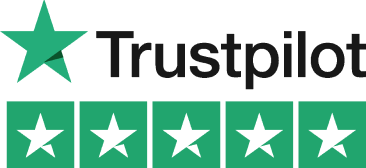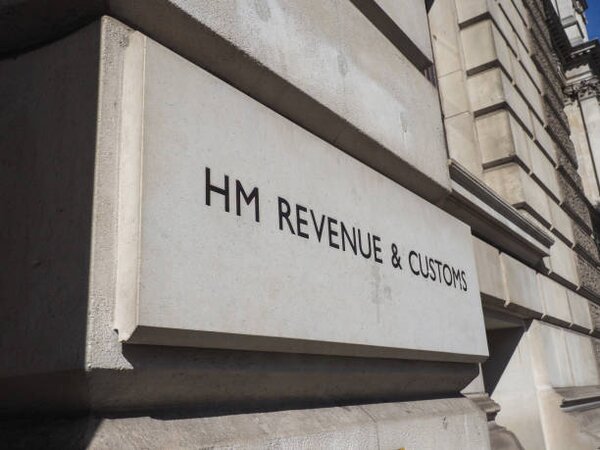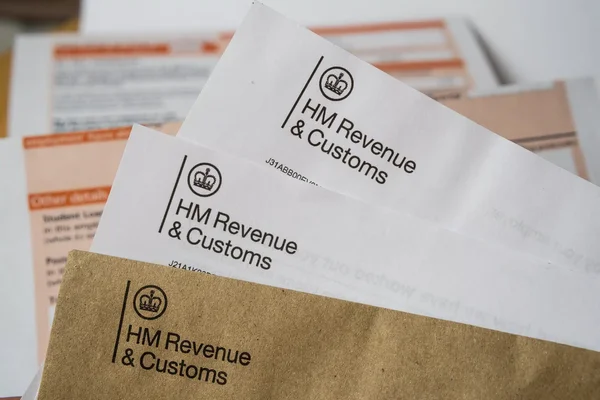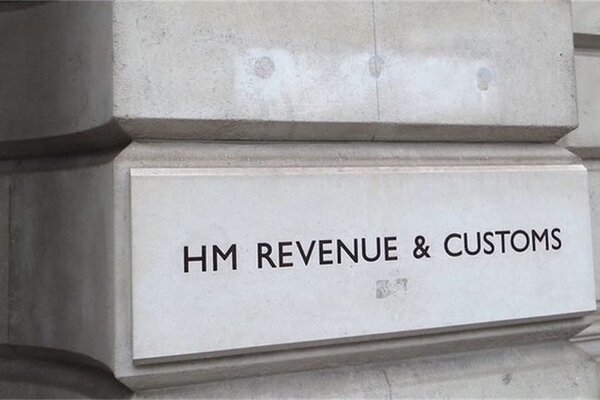Introduction
High-earning sole traders often seek tax-efficient strategies, especially when considering spousal income dynamics. This guide delves into optimizing tax efficiency for such scenarios, exploring legal strategies and expert insights available through the Pie Tax App.
Utilizing Tax Allowances and Deductions:
- Annual Exempt Amount: Utilize CGT annual exemptions effectively, ensuring gains below the threshold are tax-free.
- Allowable Deductions: Maximize allowable business expenses and deductions to reduce taxable profits.
Exploring Investment Vehicles:
- Tax-Efficient Investments: Consider tax-advantaged investment options such as ISAs, pensions, or venture capital schemes.
- Capital Allowances: Explore available capital allowances for business assets, reducing taxable profits.


Leveraging Spousal Income:
- Income Splitting: Explore options to split business profits or dividends with your spouse, utilizing their lower tax band effectively.
- Employment Arrangements: Consider employing yourself at a minimum wage in your spouse's business, aligning with market rates and duties, to optimize tax liabilities.
Tax Planning and Compliance:
- Legal Boundaries: Ensure that all strategies comply with HMRC regulations and are within legal boundaries.
- Tax Planning: Consult expert tax advisors on personalized tax planning, considering your specific income sources and tax brackets.
Regular Tax Review and Updates:
- Ongoing Review: Regularly review tax positions, especially with changing income levels or tax laws, to optimize tax efficiency.
- Expert Advice: Leverage Pie Tax App's expert tax assistants for up-to-date tax advice, compliance checks, and personalized tax planning strategies.

Summary
Optimizing tax efficiency for high-earning sole traders, especially when considering spousal income dynamics, requires strategic tax planning and compliance with HMRC regulations. Utilize expert tax assistants available on the Pie Tax App for tailored tax strategies, compliance checks, and ongoing tax reviews to ensure optimal tax outcomes and legal tax planning.
Frequently Asked Questions
What strategies can high-earning sole traders employ to optimize tax efficiency?
High-earning sole traders can implement several strategies, including maximizing deductible expenses, investing in pension contributions, and utilizing tax-efficient savings and investment vehicles. Additionally, they can consider restructuring their business to take advantage of tax reliefs and allowances available to them.
How can spousal income be utilized to optimize tax efficiency for sole traders?
Spousal income can be utilized effectively to optimize tax efficiency by making use of income splitting strategies. This involves transferring income-producing assets or shares in the business to the lower-earning spouse, thereby reducing the overall tax liability for the household.
What deductible expenses should high-earning sole traders consider to minimize their tax burden?
High-earning sole traders should carefully consider all deductible expenses related to their business, such as business-related travel, office expenses, professional fees, and marketing costs. Additionally, they can claim capital allowances for assets used in their business, such as equipment and vehicles.
How can pension contributions help high-earning sole traders reduce their tax liability?
High-earning sole traders can benefit from tax relief on pension contributions by making contributions to a personal pension scheme or a self-invested personal pension (SIPP). These contributions are tax-deductible, meaning they reduce the individual's taxable income, resulting in lower overall tax liability.
Are there any legal structures or business entities that high-earning sole traders should consider for tax optimization?
High-earning sole traders may benefit from exploring alternative business structures, such as incorporating their business as a limited company. Incorporation can offer tax advantages, including lower corporate tax rates and more flexible profit distribution options, but it's essential to consider the associated administrative and compliance requirements.











